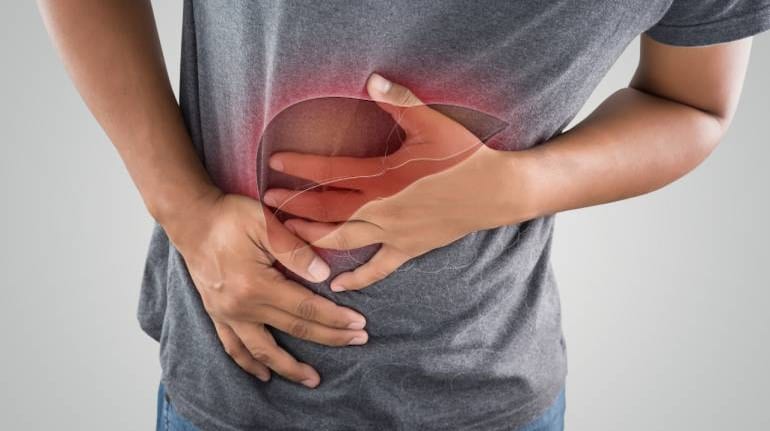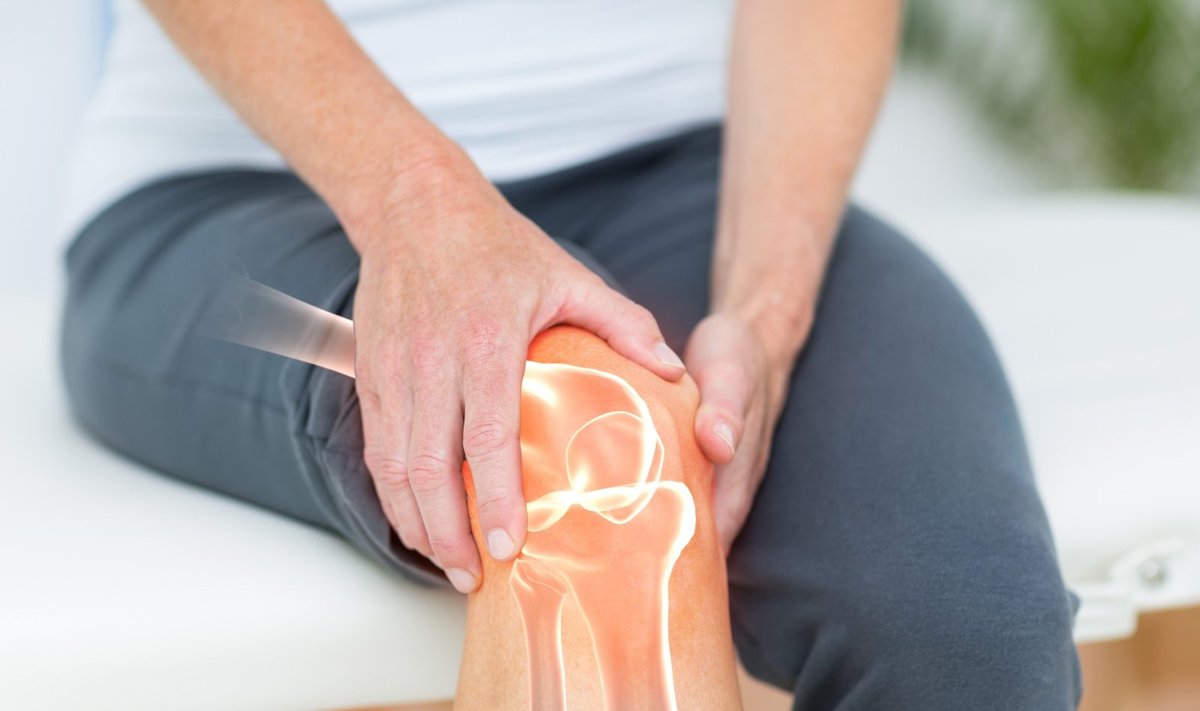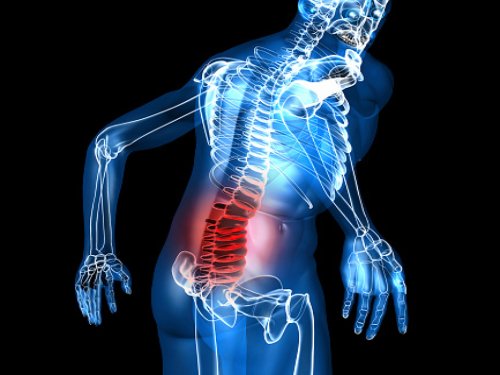There are no products in your cart
Categories
TOP
TOP
- 1. COVID -19 SEJOY rapid antigen test for nasal passages
- 2. Rapid test for COVID-19 antigens
- 3. AteroLip complex N90. Better price!
- 4. 3 PCS of AteroLip complex N90 better price!
- 5. BASICA SPORT, 660 g
- 6. 4 PCS of AteroLip complex N90 better price!
- 7. A+E vitamins Nourishing Ointment 60g BIG PACK
- 8. Sale! 3 PCS of FORCAPIL, effective nutritional supplement for ...
- 9. Orthomol Immun (30 daily doses)
- 10. Orthomol Arthro plus (30 daily doses)
Now Online
Now Online
We have 256 guests and 1 member online
Health
Preserving liver health: essential tips and preventive measures

The liver is one of the primary and largest organs in the human body, performing vital functions. It is located on the right side of the abdomen, below the diaphragm. The liver is responsible for processing and eliminating toxins, such as alcohol and drugs, from the blood, and also regulates the chemical composition of the blood. It synthesizes essential protein molecules, regulates blood clotting, produces cholesterol, triglycerides, and other important substances, and stores iron and vitamins. Additionally, it is a primary regulator of carbohydrate, fat, and protein metabolism.
Arthritis and the importance of collagen for joint health

Arthritis is a joint disease characterized by inflammation, pain, swelling, and limited movement, and is one of the most common pathologies of the locomotor system worldwide. It is a term that encompasses more than 100 different inflammatory joint conditions, each with its own causes and treatment methods. Arthritis can affect people of any age, gender, or ethnic group.
Why is vitamin D so important for our immune system?

Vitamin D, sometimes referred to as the "sunshine vitamin," is a fat-soluble vitamin that plays a crucial role in many bodily functions. It is unique among vitamins because it can be produced by human skin when exposed to ultraviolet rays from the sun.
Vitamin D exists in two primary forms: D2 (ergocalciferol) and D3 (cholecalciferol). D2 is commonly found in plant sources and certain dietary supplements, while D3 is produced in human skin and found in some animal-based food products.
Collagen and healthy movement. Can collagen supplements help reduce joint pain?

Collagen is the main structural protein found in human and other animal bodies, making up about 30% of all proteins in the body, thus being one of the most important components in maintaining the structure and function of the body. This protein is particularly abundant in the skin, bones, tendons, ligaments, and connective tissue, playing a crucial role in providing strength, elasticity, and integrity to these structures.
Radiculitis. How to distinguish its symptoms from other back pains?

Radiculitis is a medical condition associated with inflammation or compression of the nerve roots located in the spinal canal. These nerve roots are responsible for transmitting signals from the central nervous system to various parts of the body. In the case of radiculitis, for various reasons - most commonly due to intervertebral disc herniation, spinal stenosis, arthritis, or trauma - these nerve roots become irritated or compressed, causing characteristic symptoms.
More Articles...
Page 10 of 43






